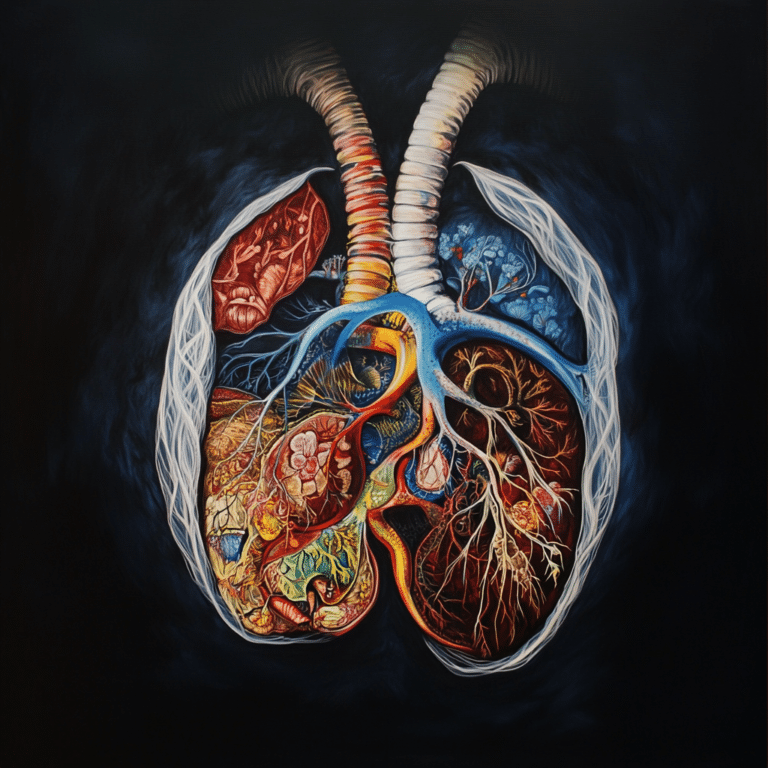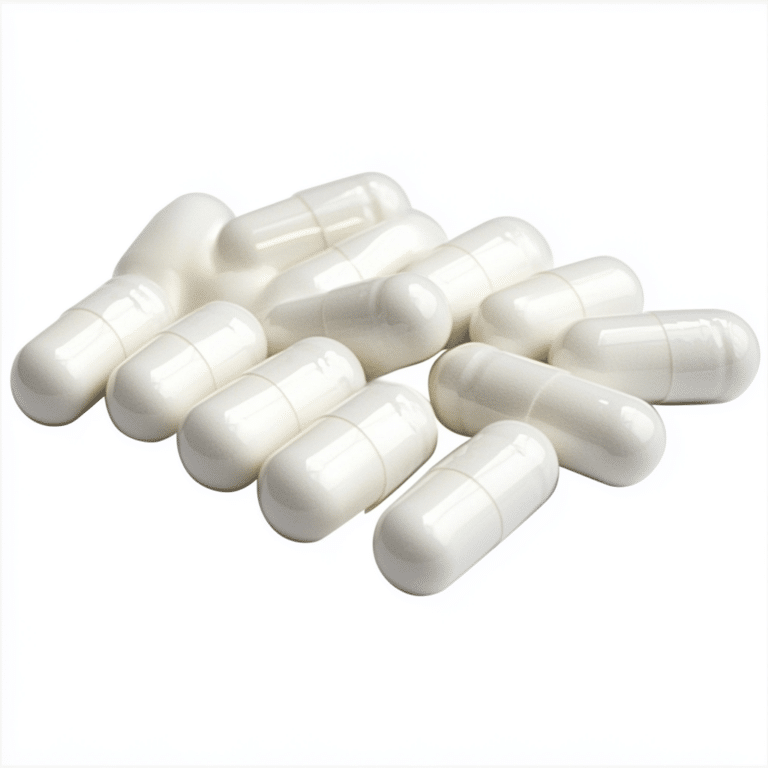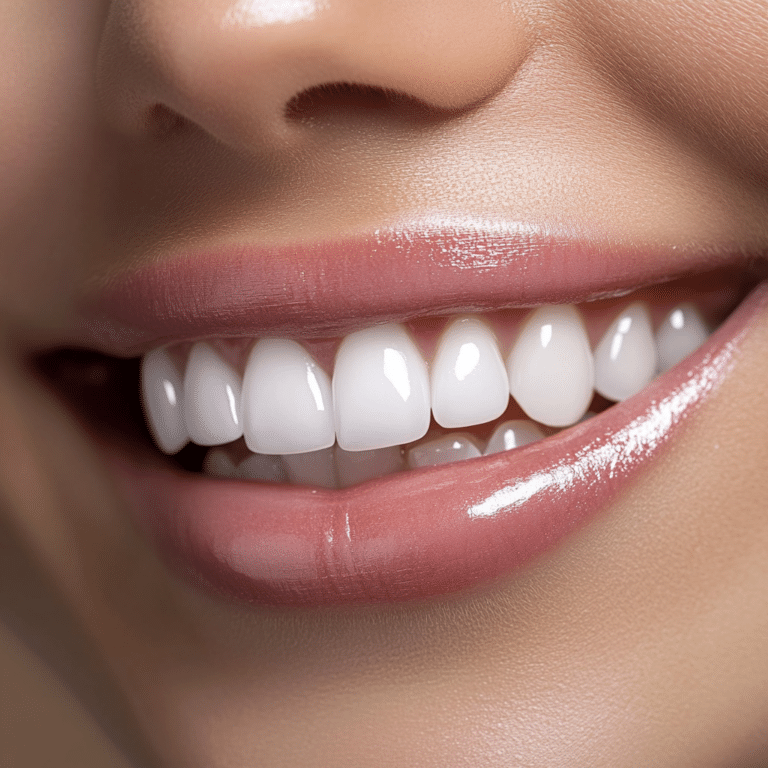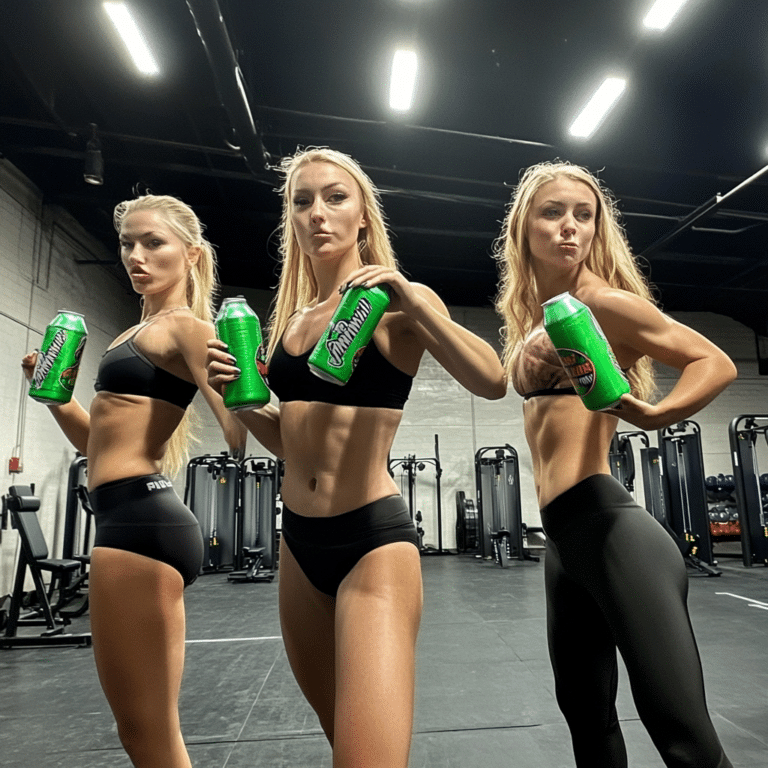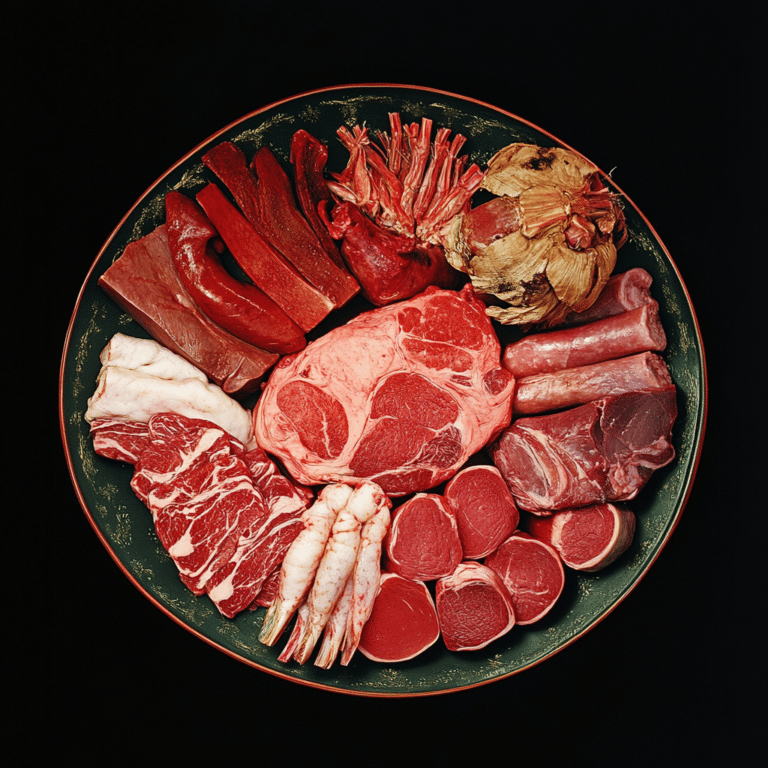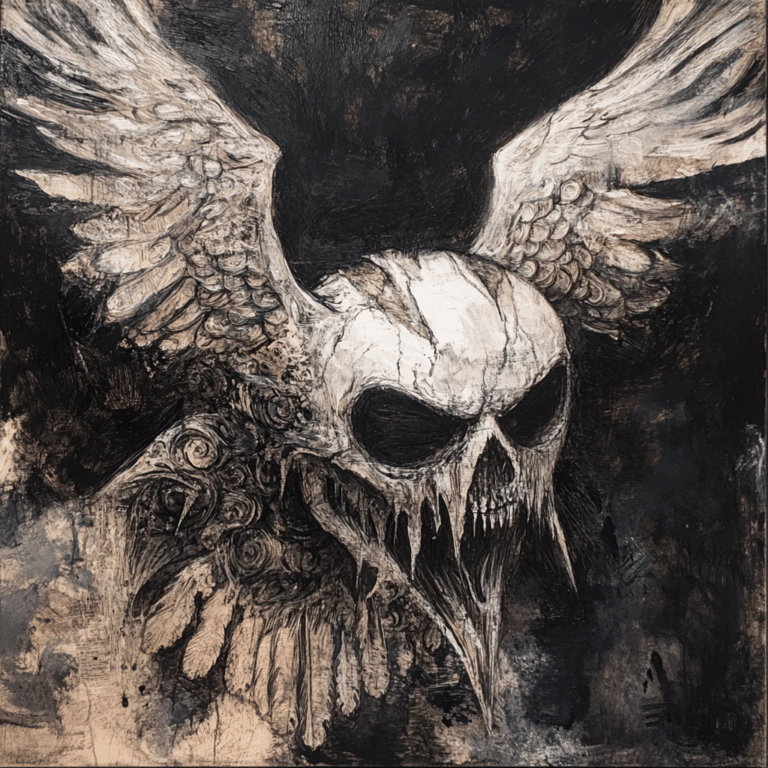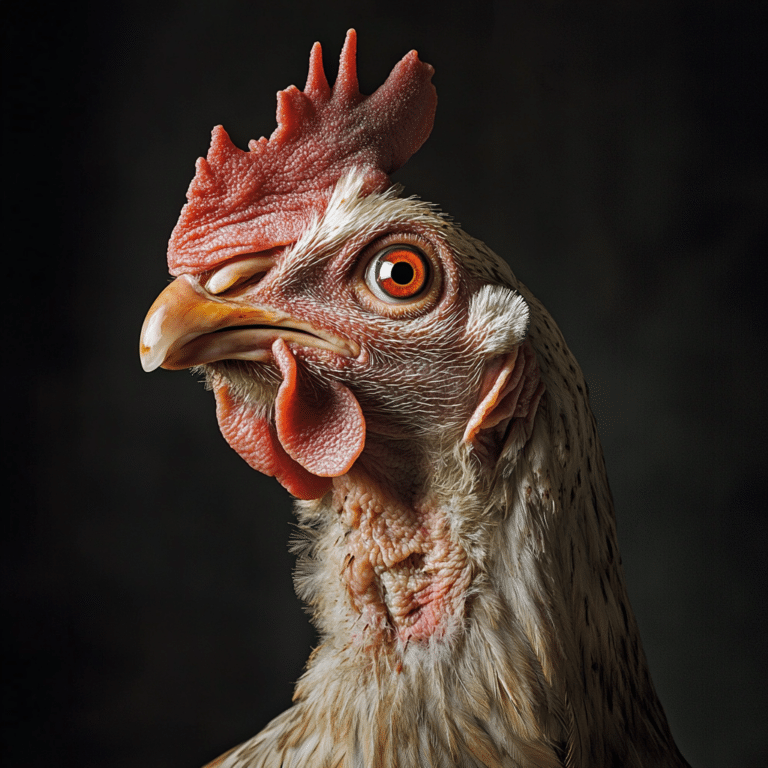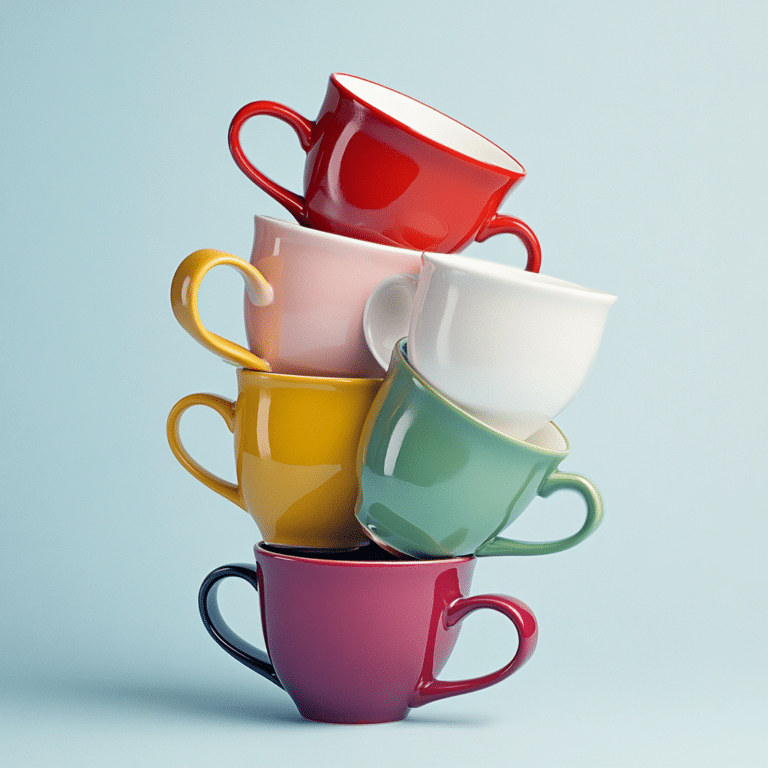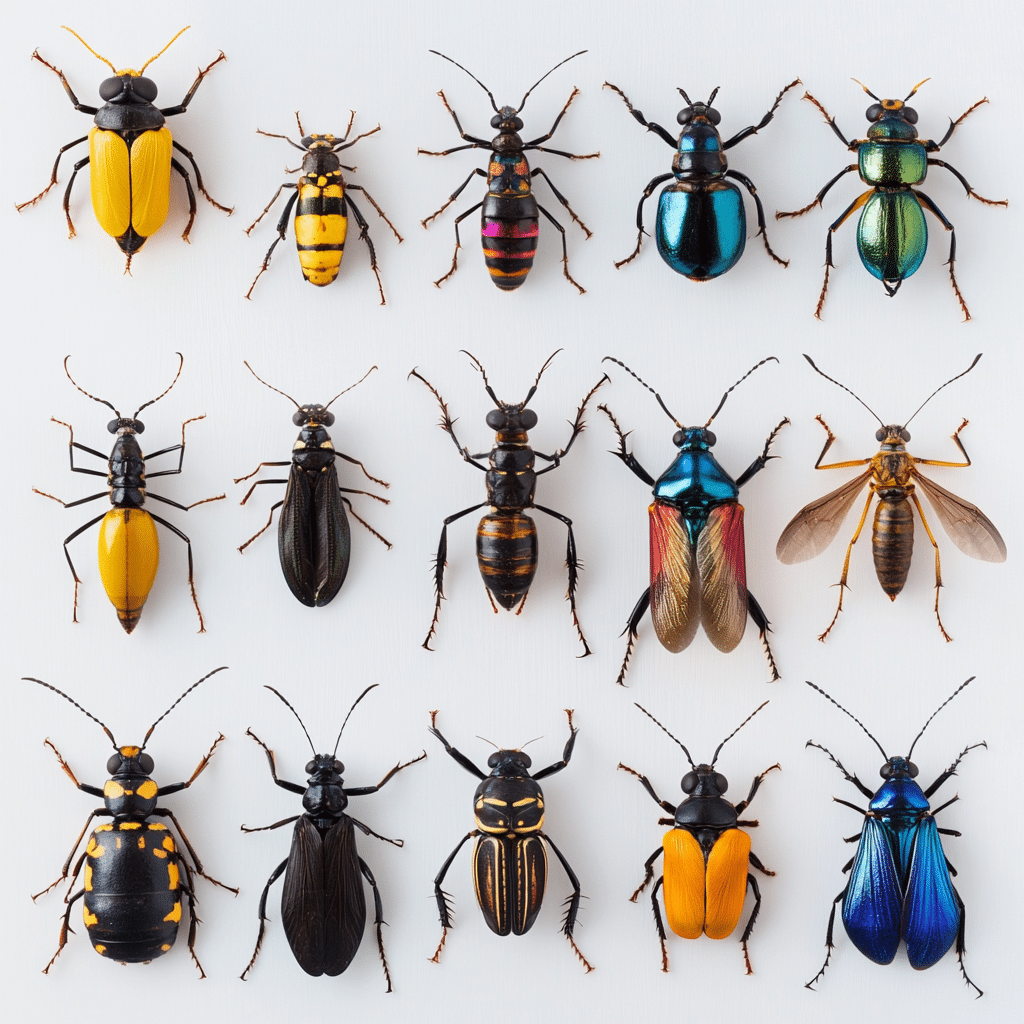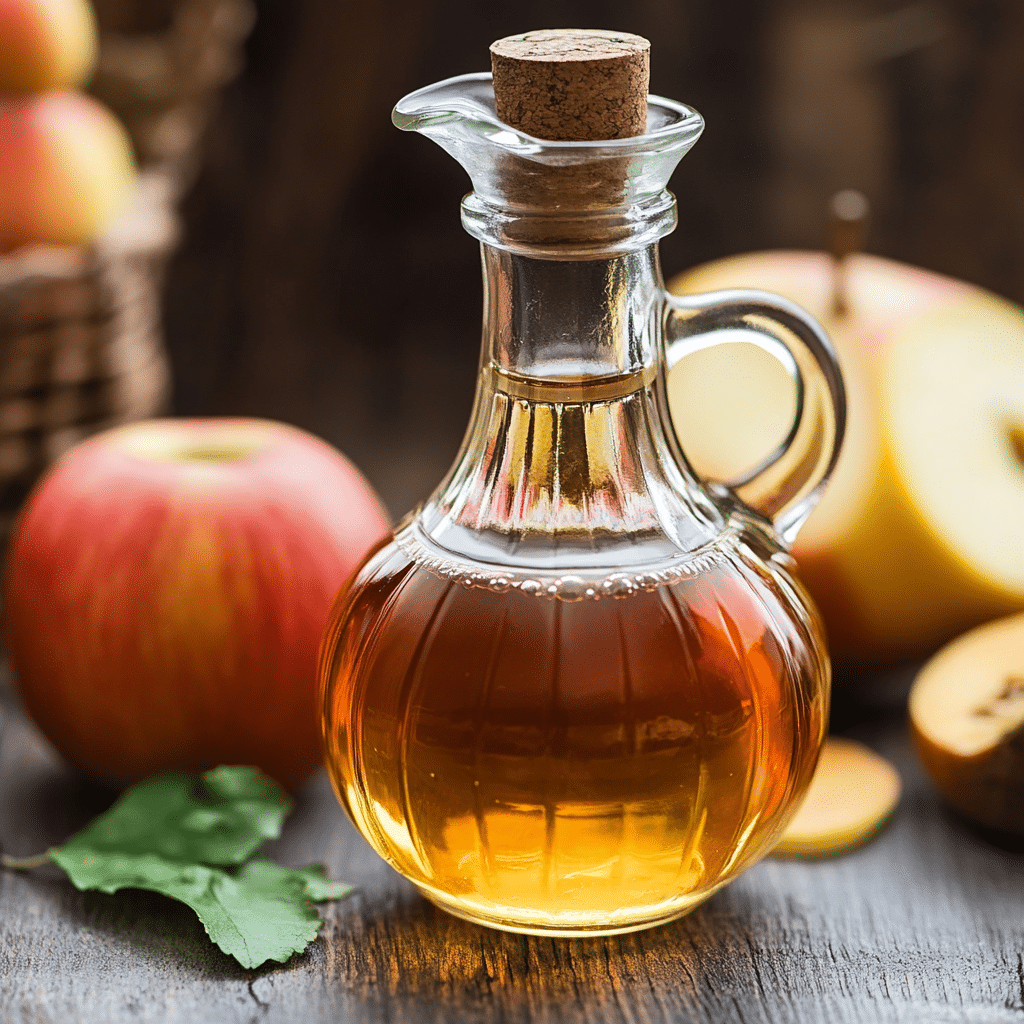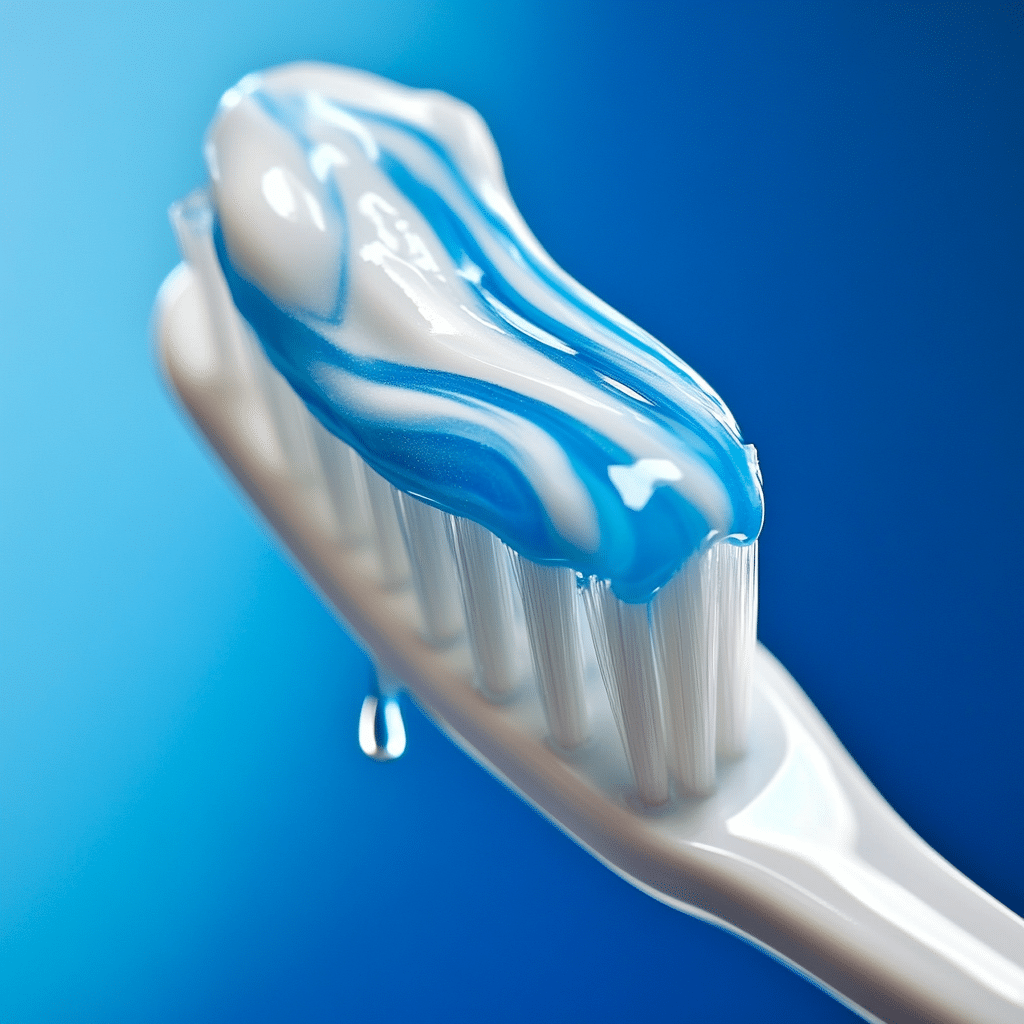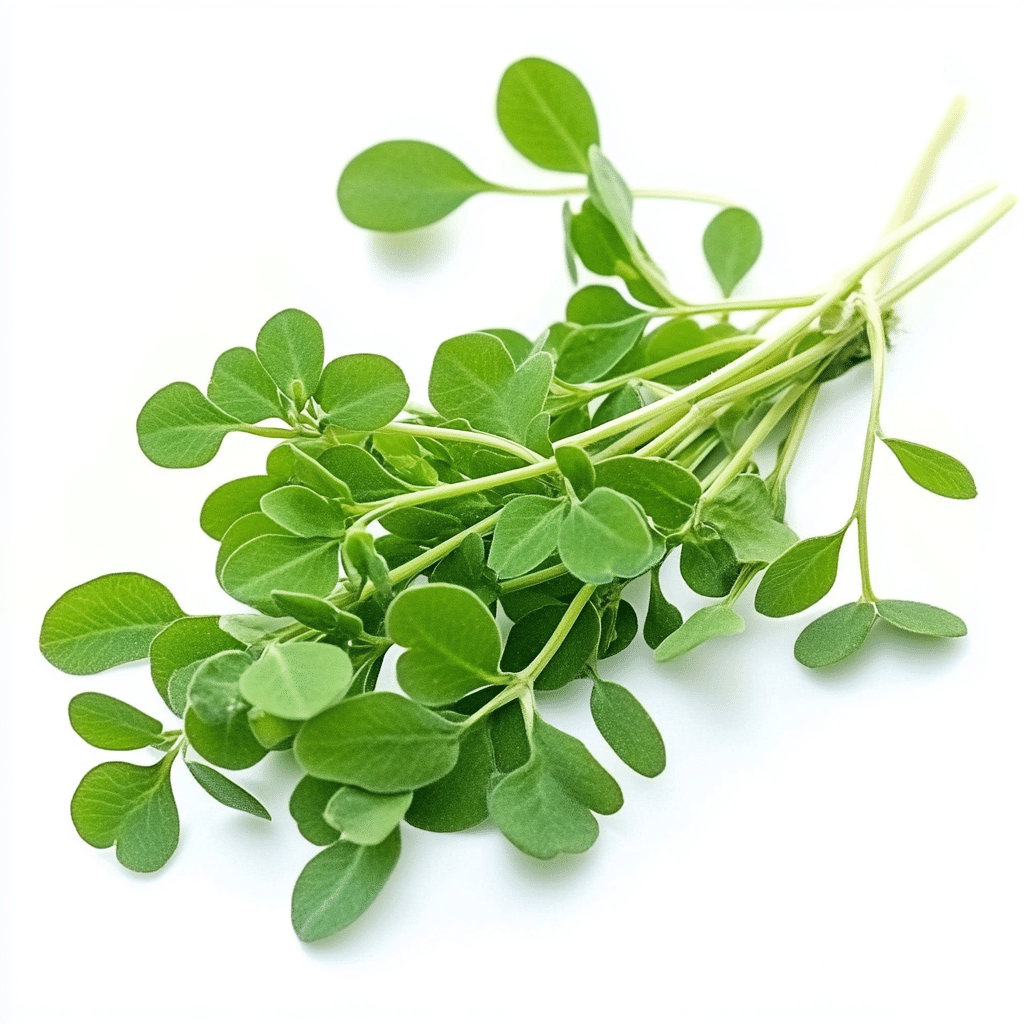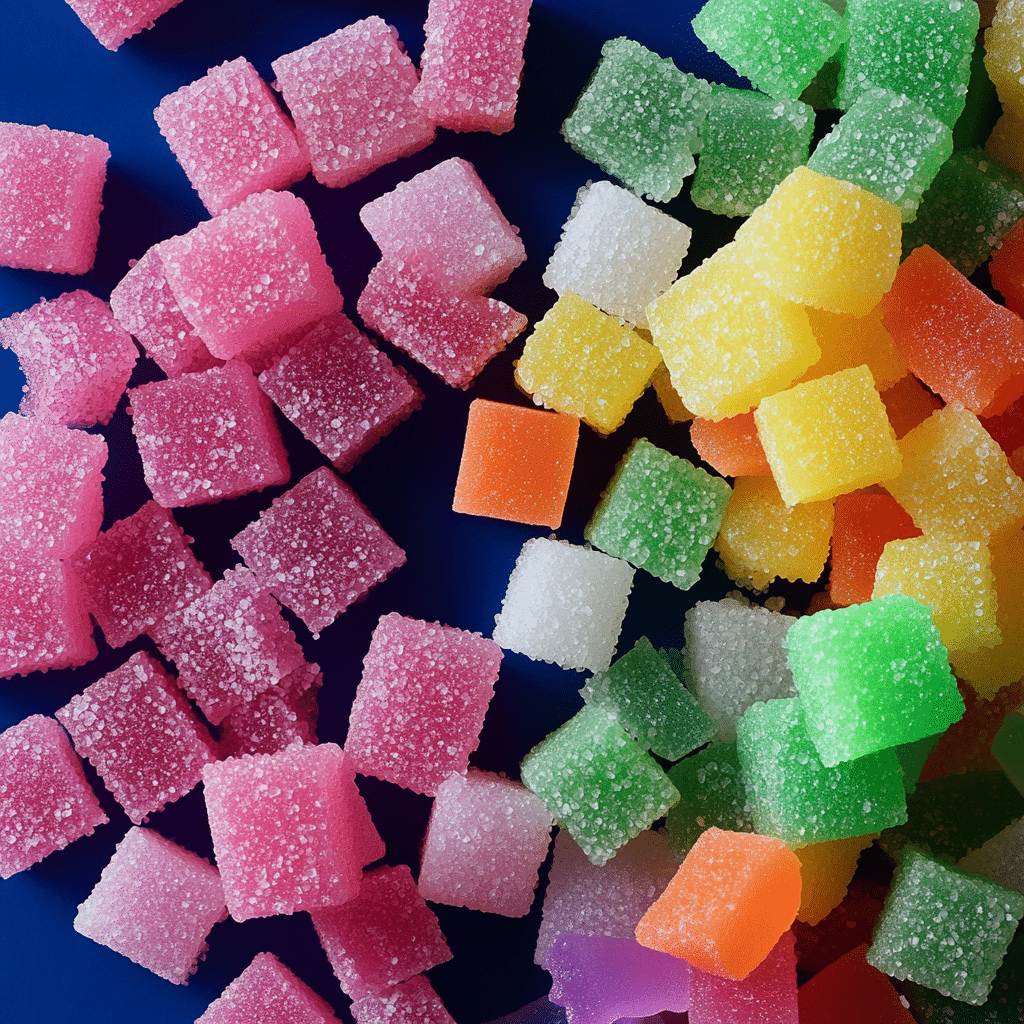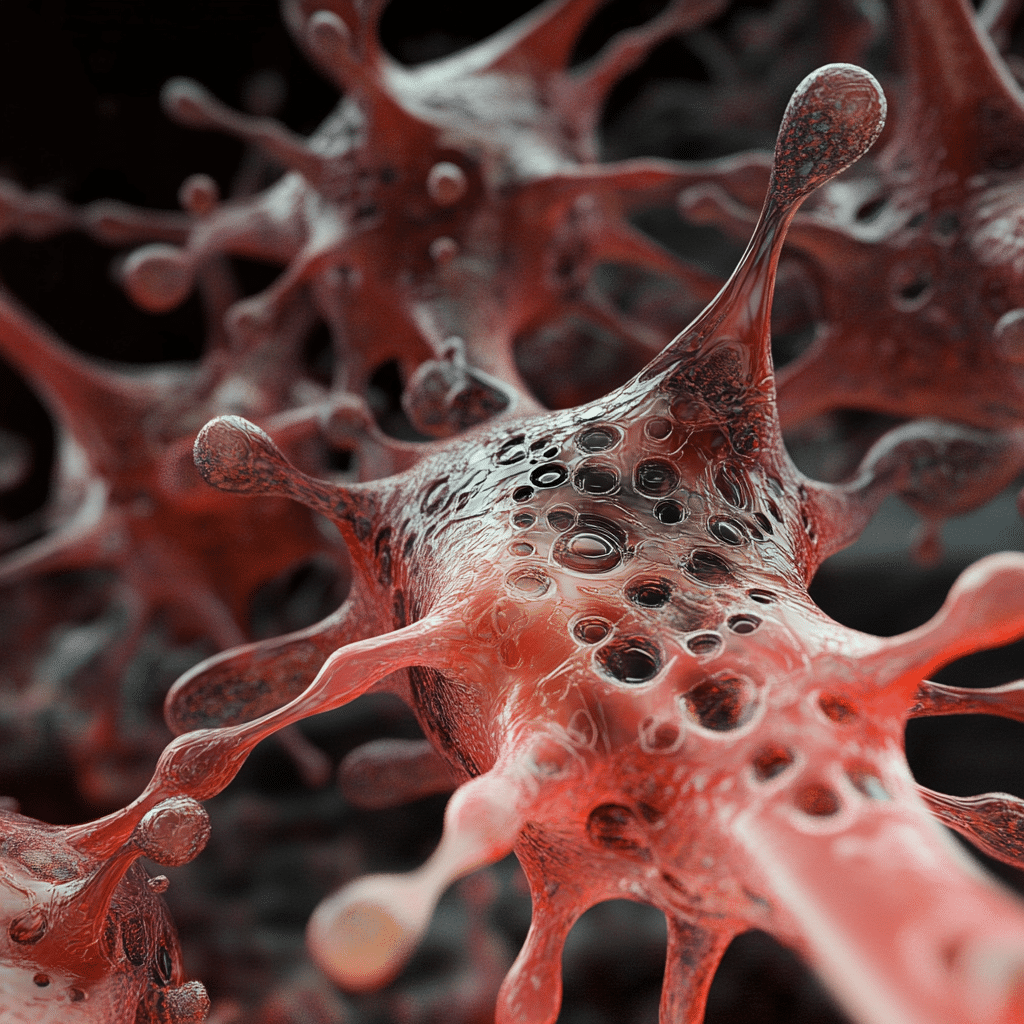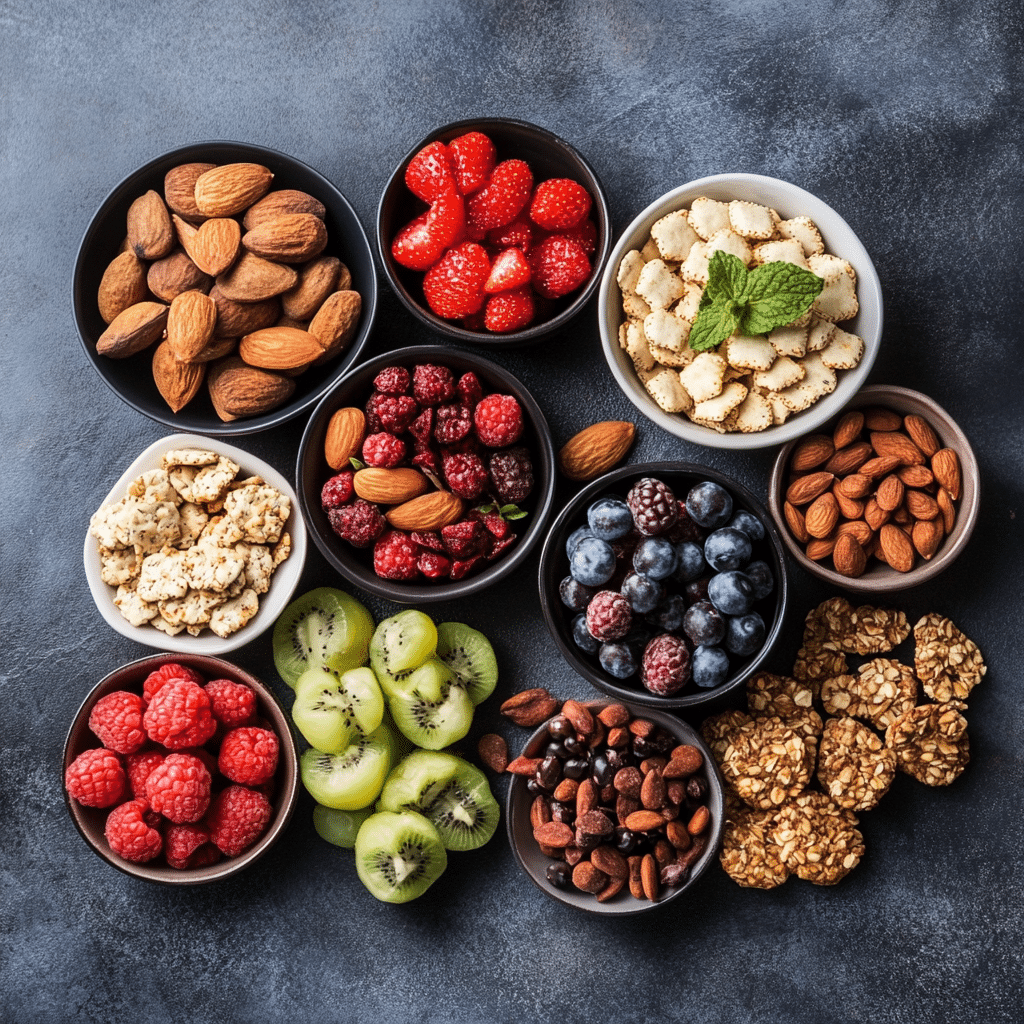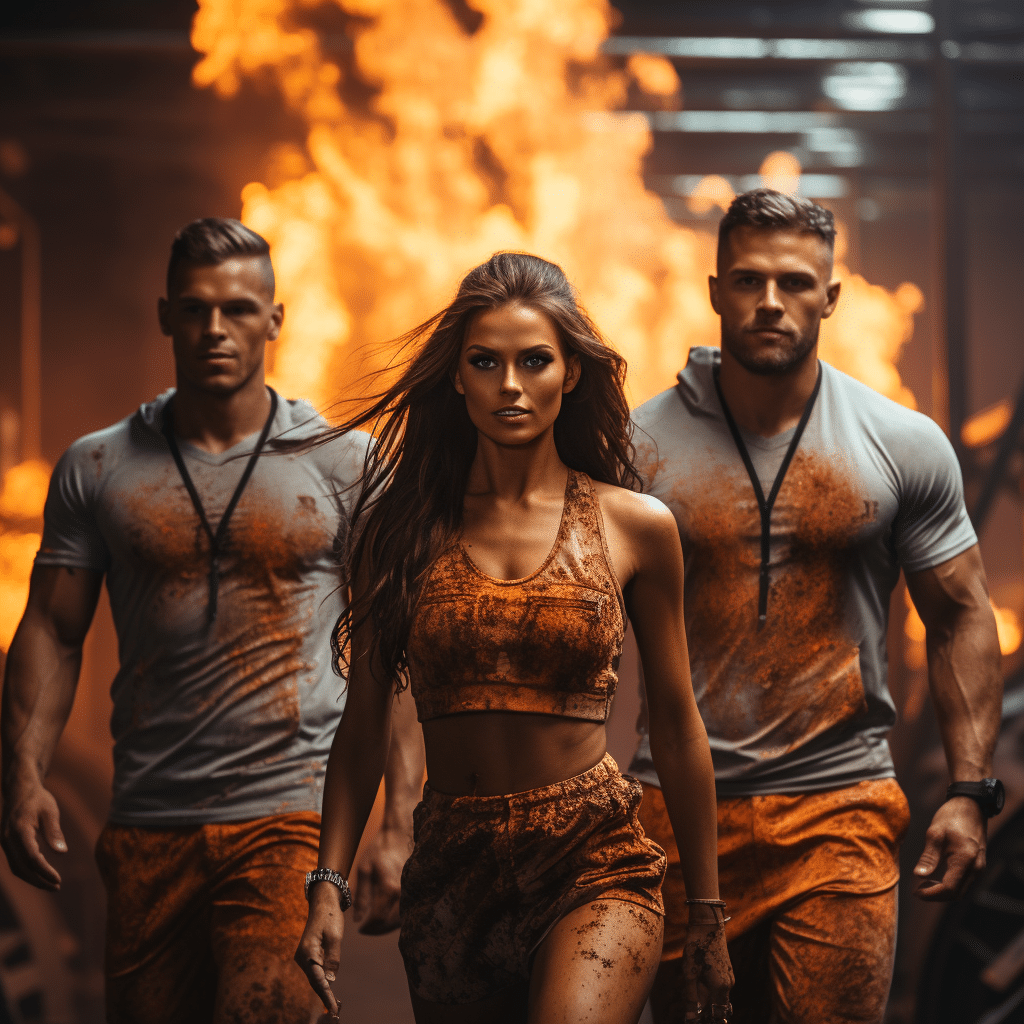When you think about getting shredded, the first thing that probably comes to mind is those impressive arm muscles labeled and defined. You know, the ones that turn heads when you walk into a room? Getting serious about understanding your arm muscles is crucial for building the strength and aesthetics you’ve always wanted. This guide dives into the five primary muscle groups that make up your arms, and with this knowledge, you can train smarter, not harder. So, gear up and let’s unlock the secrets to showcasing those ripped six packs and bulging biceps!
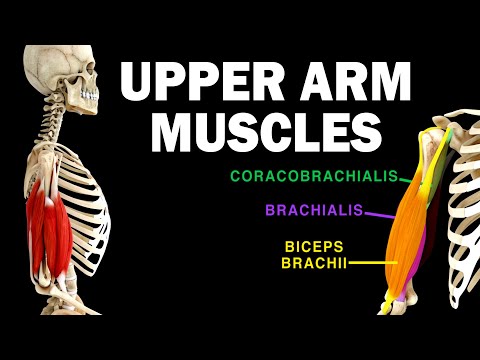
The Top 5 Arm Muscles Labeled for Maximum Effectiveness
Achieving those chiseled arms is all about knowing which muscles to train and how to train them. Knowledge is power, so let’s break down each of the main muscle groups in your arms, along with tips on how to effectively target them for maximum gains.
1. Biceps Brachii
Overview: The biceps brachii is often regarded as the crowning jewel of arm aesthetics. Shaped like a massive mountainous peak, this muscle has two heads—the short head and the long head—that contribute to its impressive physique. The biceps are responsible for flexing the elbow and rotating the forearm, making them essential for both aesthetic and functional strength.
Training Tips: Effective exercises to target the biceps include classic bicep curls—try using Bowflex SelectTech dumbbells for added convenience, or mix it up with a traditional barbell curl to keep your workouts engaging. Varying your grip from supinated to hammer will help you achieve comprehensive development by hitting the bicep from different angles. Don’t forget about progressive overload; it’s key to increasing both strength and muscle size.
2. Triceps Brachii
Overview: The triceps may not steal the spotlight like the biceps, but they’re the unsung heroes of your arm strength. Located at the back of the upper arm, this muscle comprises three heads: long, lateral, and medial. By extending the elbow, the triceps are crucial for all pushing movements—think of those chest presses and tricep dips.
Training Tips: To give your triceps the workout they deserve, incorporate tricep dips, maybe using the ProForm Pro 9000 for those extra challenges. Tricep pushdowns on a cable machine can also yield fantastic results. Research suggests that focusing on the eccentric part of the lift, where you lower the weight, can lead to greater muscle gains. So, slow and steady wins the race!
3. Brachialis
Overview: Nestled right beneath the biceps, the brachialis plays a vital role in elbow flexion. Although often overlooked, this muscle can significantly boost your bicep definition and size when it gets the attention it deserves.
Training Tips: Hammer curls using adjustable kettlebells from Tone Fitness are particularly effective for directly targeting the brachialis. Focus on strict form throughout the movement; this ensures that the muscle gets fully engaged, leading to better gains. As you grow stronger, increase your weights gradually for continuous progress.
4. Brachioradialis
Overview: This muscle runs along the forearm and is essential for flexing the elbow, especially in a neutral position. It’s a major player in compound movements that test your grip strength, too.
Training Tips: Engage the brachioradialis effectively by incorporating reverse curls into your routine. Using tools like the CAP Barbell Olympic curl bar can offer excellent targeting. Reverse curls not only build size but also enhance your overall grip strength, making them a great addition to any arm workout.
5. Anconeus
Overview: Don’t underestimate this small but mighty muscle! The anconeus is situated at the elbow joint and assists in extending the elbow. It may lack the fame of the other arm muscles, but it provides vital support during many upper body movements.
Training Tips: To focus on the anconeus, consider adding tricep extensions and overhead presses to your workouts. Using either a kettlebell or dumbbell can help diversify the engagement of multiple muscle groups while reinforcing overall arm strength.
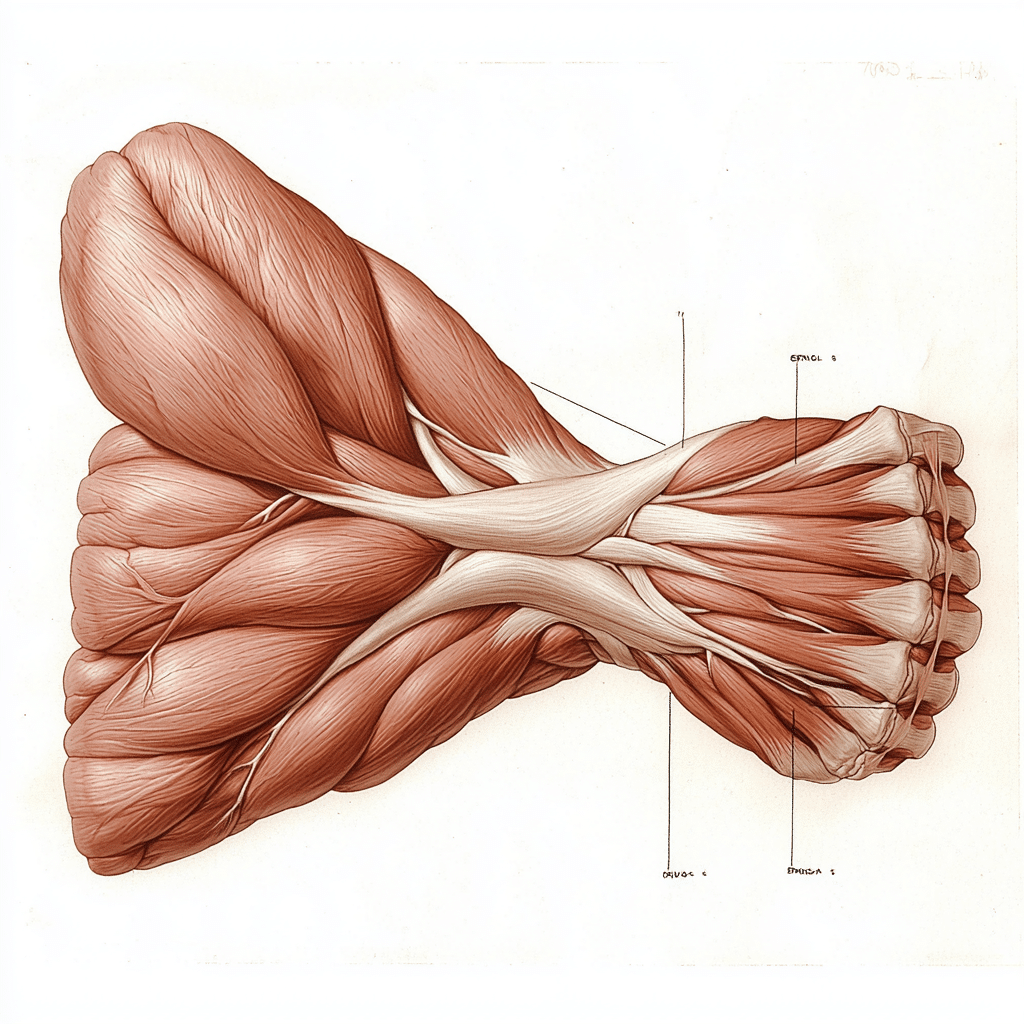
The Importance of Arm Muscles Labeled in Strength Training
Now that we’ve labeled the arm muscles, it’s time to talk about why this knowledge matters. By understanding the arm muscles labeled, you can tailor your workout plans to specifically target each area for growth. This understanding is particularly crucial for injury prevention, which ensures you can maintain continuous progress on your fitness journey.
Many individuals often ignore their triceps, leading to imbalances that heighten the risk of strains. By committing to a balanced workout that covers all muscle groups, you foster a well-rounded and effective training regimen. Remember, if you want those full, defined arms, you can’t ignore any muscle group!
Building up your arm muscle knowledge supercharges your performance. Being aware of the specific muscle actions involved in various lifts lets you execute them more precisely, maximizing your muscle engagement. You’ll lift smarter, not just heavier!
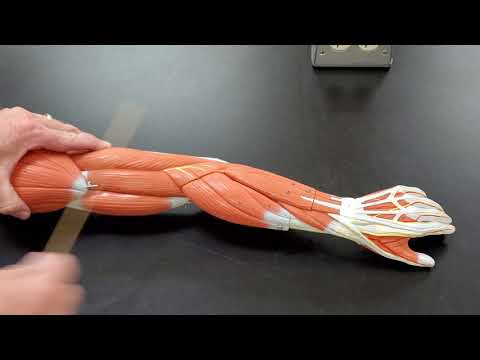
Innovative Techniques for Arm Muscle Development
In today’s world of fitness, things are always advancing, and that’s a good thing! Training technologies like Tonal and Mirror have revolutionized how we approach strength training. These platforms not only provide personalized strength training programs but also offer visual feedback on muscle engagement. That’s right, you’ll know exactly what muscles are activated during each lift.
Add in training principles like periodization, where you switch up your intensity and volume, and you’ve got a recipe for explosive muscle growth. Techniques such as drop sets and supersets can also keep your muscles engaged and growing by constantly challenging them.
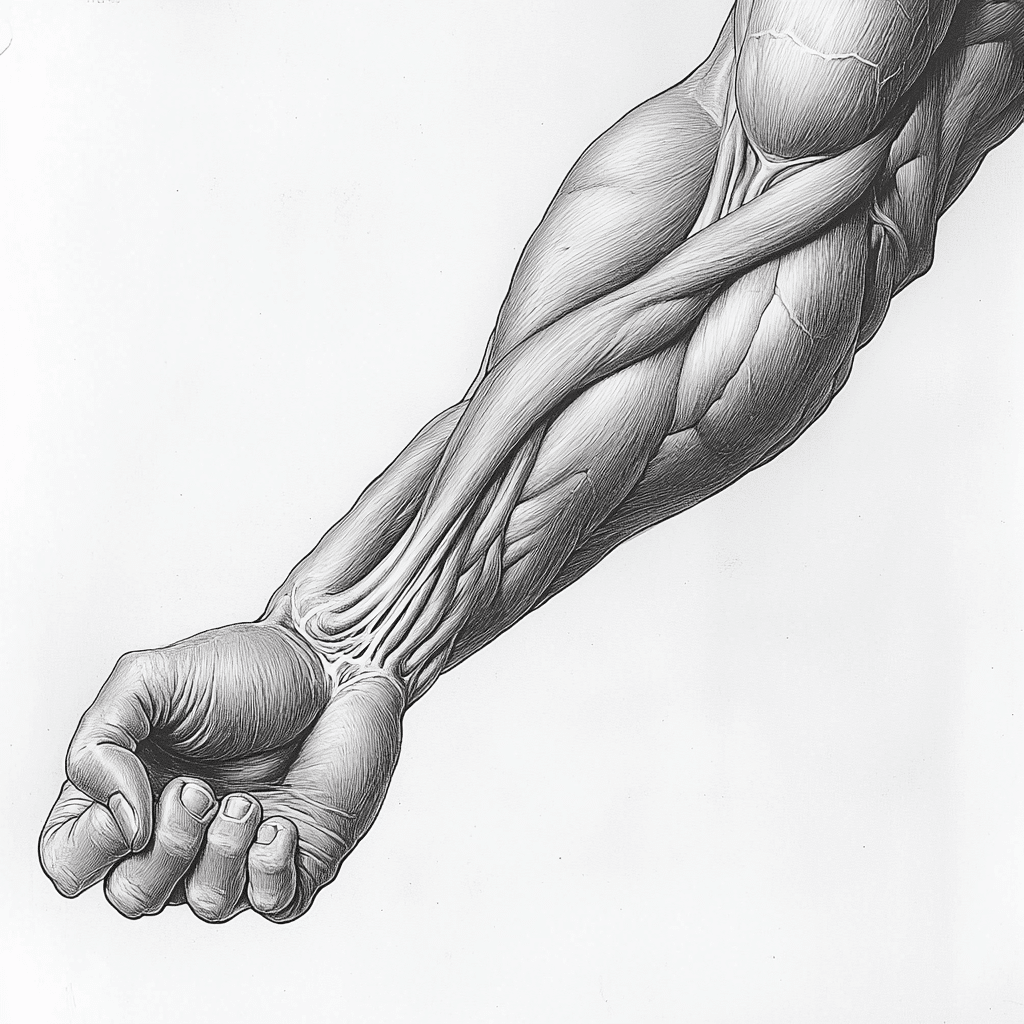
Elevate Your Training with Comprehensive Knowledge of Arm Muscles Labeled
Harness the power of knowing your arm muscles labeled to transform your journey in strength training. By understanding the specifics of each muscle and using innovative tools, you can unlock the potential of your arm development. Whichever level you’re at—starting out or seasoned lifter—this knowledge paves the way for sculpting stronger, ripped arms.
Make sure to incorporate various training elements, focusing on balance and technique. Get rolling today, and explore how this deeper understanding will lead you to aesthetic gains and injury prevention, setting you on the fast track to becoming unstoppable! It’s time to embrace that discipline and drive, so you can show off those impressive arms with confidence. You’ve got this! Whether you’re training for yourself or prepping to be the best you can be, the road to amazing arms starts here.
Explore The Benefits Of Adderall For Adhd management, get inspired With Scarface wallpaper, and learn about the latest fitness innovations. If you’re considering career opportunities, check out renowned leaders like the West Point garrison Commander. Remember, even your work gear matters—consider investing in Timberland Pro work Boots for added support while you train! Don’t forget to look into other exciting articles, including the benefits of a Birch mattress for recovery, or get the latest on Bruce Springsteen ‘s illness for motivation. And for a little inspiration, check out more about Dave Bautista ‘s spouse—you might find the driving force behind their success!
Getting shredded and boosting your muscle gains isn’t just a dream; it’s a challenge you can meet head-on with the right knowledge. Now, go ahead and put it to work!
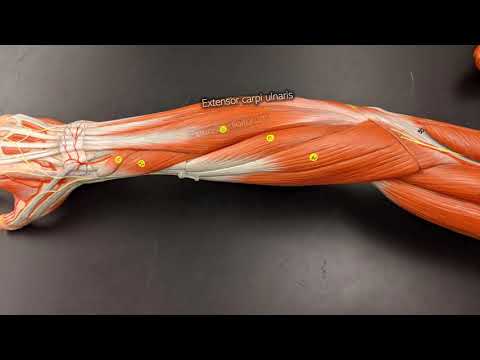
Arm Muscles Labeled: Fun Trivia and Interesting Facts
Understanding Each Muscle
Did you know the arm is home to several key muscles that work together to perform everyday tasks? The biceps brachii, often just called biceps, not only flexes the elbow but also aids in shoulder actions. That’s right, those arms you flex at the gym are powered by an intricate network of muscles. Speaking of arms, it’s essential to treat them right when prepaying workout sessions. Just like paying your mortgage early can save you money, investing time to learn about your arm muscles labeled can yield huge returns in your workouts.
Fun Facts to Flex
Now, here’s a fun tidbit: ever heard of the coracobrachialis? It might be lesser-known, but it helps support the arm in various movements, contributing to your overall strength. Additionally, the triceps make up nearly two-thirds of your arm’s muscle mass! This could be the key to those enviable arm-toning exercises. Think of it as buying a new car—it’s not just about looks, but performance, too! Just like calculating prepayment options can help you choose the best financing, understanding your arm muscles labeled ensures you maximize your exercise efforts.
Myth-Busting Arm Knowledge
And here’s something to chew on: many people think lifting heavy weights is the only way to build arm strength. However, using lighter weights with higher repetitions can be equally effective and less taxing on your joints. Isn’t it fascinating how something as simple as learning about your arm anatomy can shift your approach to fitness? The arm muscles labeled are not just about aesthetics; they play an important role in functional fitness and everyday movement, much like how comprehensive mortgage advice can lead to better financial health. By diving into these intriguing aspects, you gain deeper insights into powerlifting—knowledge that’s sure to elevate your workout routine.
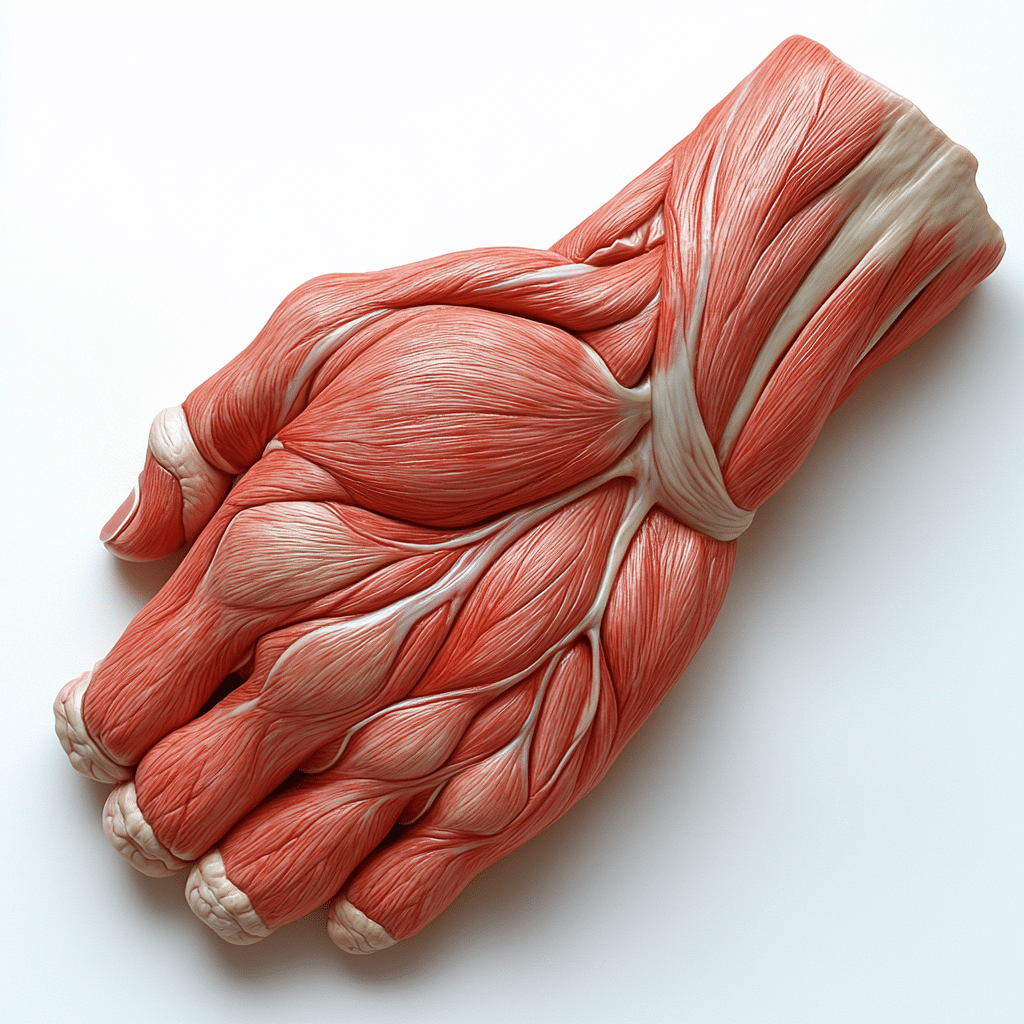
What are the 4 major muscles of the arm?
The four major muscles of the arm are the biceps brachii, brachialis, coracobrachialis, and triceps brachii.
What is the muscle in your arm between your elbow and shoulder?
The muscle located between the elbow and shoulder is the upper arm, which contains several important muscles that help with movement.
What is the muscle on the side of your arm?
The muscle on the side of your arm is the triceps brachii, found on the posterior side of the upper arm.
What muscles are under the armpit?
The muscles located under the armpit include the latissimus dorsi, trapezius, pectoralis minor, and serratus anterior, which all contribute to various movements of the arms and shoulders.
Why does my forearm hurt?
Forearm pain can be caused by a number of factors, including overuse, strain, or injury to tendons and muscles in the area, and it’s often best to consult a healthcare professional for proper diagnosis.
Why do my arms feel heavy?
Heavy arms might feel that way due to fatigue, strain, or even poor circulation, especially after a workout or repetitive activities.
What causes arm pain between elbow and shoulder?
Arm pain between the elbow and shoulder can occur due to muscle strains, tendonitis, or even nerve compression, so it’s a good idea to rest and seek medical advice if it persists.
Why does it hurt between my forearm and bicep?
Pain between the forearm and bicep often relates to strain or inflammation of the biceps brachii or a related tendon, so be mindful of any activities that might have led to this discomfort.
What is a tendonitis in the shoulder and arm?
Tendinitis in the shoulder and arm is when tendons become inflamed due to overuse or injury, causing pain and limited mobility in the affected area.
What does it mean when the side of your arm hurts?
When the side of your arm hurts, it could indicate issues with muscles or tendons like the triceps or even nerve involvement, so paying attention to any patterns or activities that trigger pain is key.
What is the Popeye muscle in the arm?
The “Popeye muscle” refers to the biceps brachii, which can take on a bulging appearance, especially when well-developed through strength training.
What muscle hurts when you raise your arm?
Raising your arm usually engages the shoulder muscles, specifically the rotator cuff and the deltoids, so pain when doing so can indicate issues with these muscle groups.
What does it mean when the muscle under your armpit hurts?
When the muscle under your armpit hurts, it might suggest strain or tightness in the latissimus dorsi or serratus anterior muscles, possibly resulting from overactivity or poor posture.
What is the area beneath the junction of the arm and shoulder?
The area beneath the junction of the arm and shoulder is generally referred to as the axilla or armpit, where various muscles and nerves converge.
How to relieve latissimus dorsi pain?
To relieve latissimus dorsi pain, try gentle stretching, heat therapy, and rest. Strengthening exercises may also help over time, but make sure to listen to your body.
What are the 4 main types of muscles?
The four main types of muscles in the human body are skeletal, smooth, cardiac, and connective, each serving a specific role in movement and function.
What are the names of the 4 muscles in the forearm?
The four muscles in the forearm are the biceps brachii, brachialis, brachioradialis, and the triceps brachii, which all contribute to arm movement and elbow function.
What does it mean when your brachialis hurts?
When your brachialis hurts, it could signal overuse or strain, particularly if you’ve been lifting heavy objects or performing repetitive arm movements.
What is the biggest muscle in your arm?
The biggest muscle in your arm is the triceps brachii, which not only contributes to arm strength but also helps extend the elbow.

